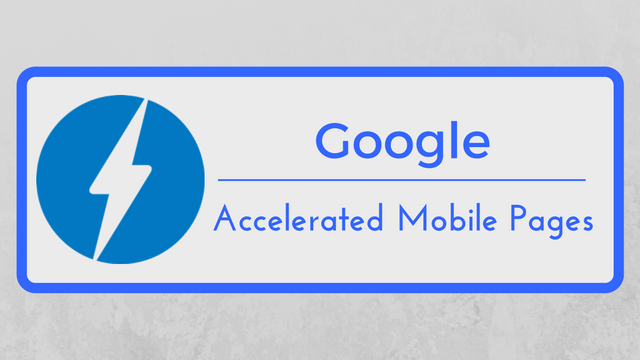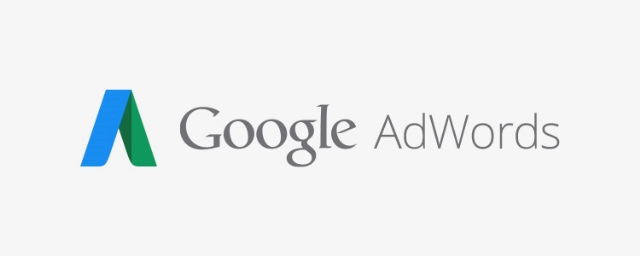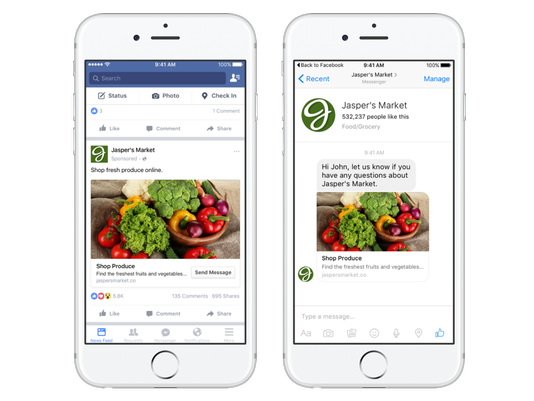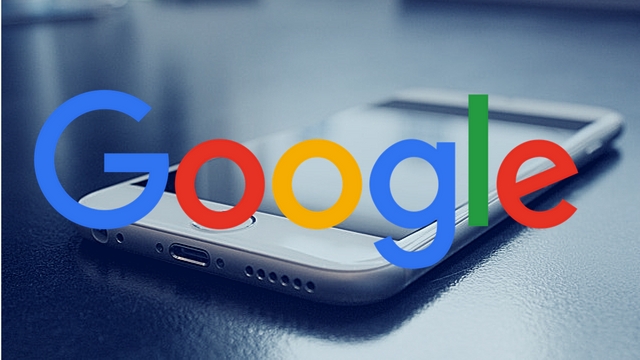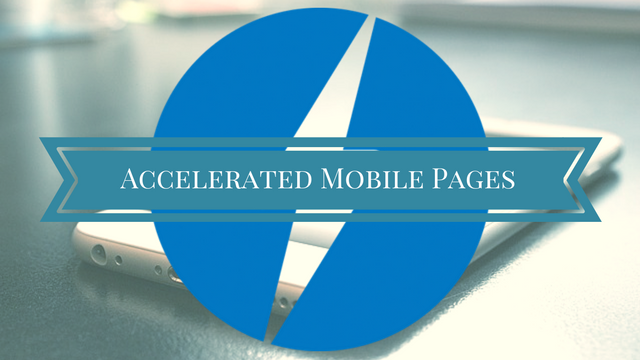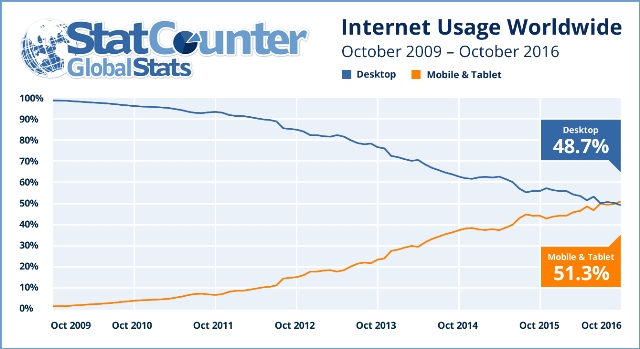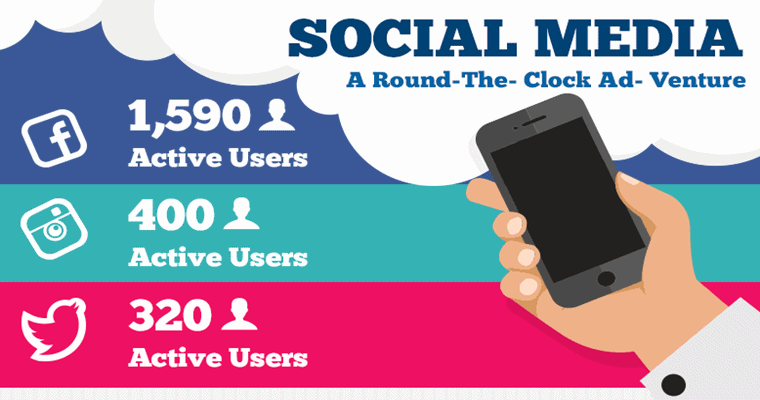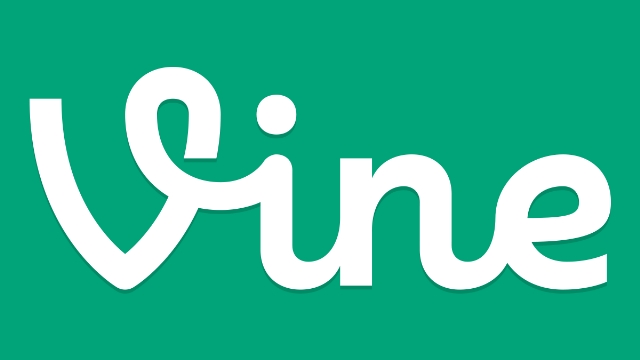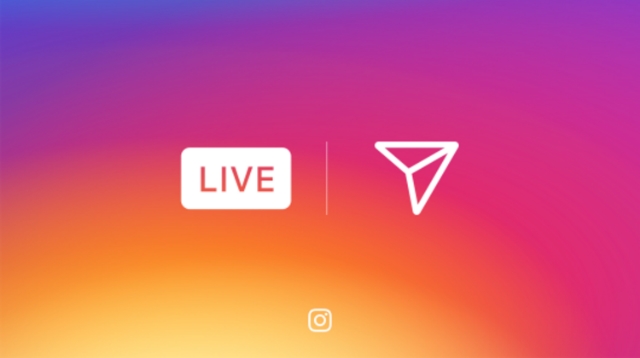
Considering the success of live video on Facebook and other social media platforms, it doesn’t come as much of a surprise that Instagram is trying its hand with live video. But, they have put their own twist on it.
Today, the social photo and video sharing platform announced it is rolling out live video within their Instagram Stories section. However, these videos don’t remain once you stop streaming. Instead, they immediately disappear.
The feature is already rolling out and is expected to be available to everyone around the world within the next few weeks. Users are able to share live video for up to an hour and control their streams by notifying friends when they go live and deciding whether to allow comments.
“Live video on Instagram Stories helps you connect with your friends and followers right now,” according to a blog post announcing the update. “When you’re done, your live story disappears from the app so you can feel more comfortable sharing anything, anytime.”
All you have to do to start streaming is swipe right from the home feed and tap the “Start Live Video” button. You can also see who else is live streaming in the Explore area of the app, under the “Top Live” category.
Live video isn’t the only thing disappearing on Instagram, either. The platform is also rolling out the option to have automatically self-destructing photo or video messages when sending direct messages to friends and groups.
The feature operates almost exactly like Snapchat’s well known disappearing photos, which allow users to share content in a “spontaneous, pressure-free way.”
“You can choose a group or create one in just a few taps—and you can also send to individual friends at the same time,” Instagram wrote in a blog post. “Send anything you want, from inside jokes to your worst selfies. Unlike other messages in Direct, these photos and videos disappear from your friends’ inboxes after they have seen them. And you’ll see if they replayed it or took a screenshot.”

